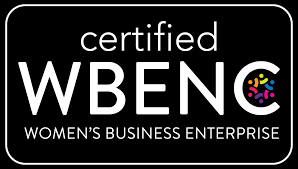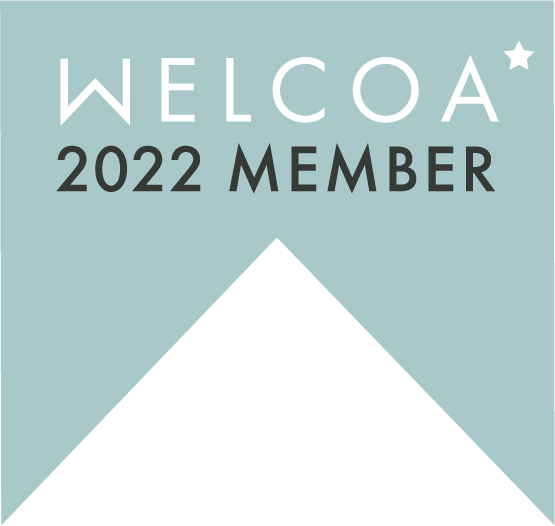If you had the time you would warm up with a slow walk, then stretch, exercise, stretch and cool down. If you only stretch once, do it after the exercise session so that your muscles can return to their normal resting length. Take your stretch to the point where you begin to feel resistance and hold for about 30 seconds.
There are several types of stretches including active, passive, partner, ballistic, and PNF-Proprioceptive Neuromuscular Facilitation. Ballistic stretching is accomplished through rapid, bouncing movements and is not usually recommended. Active static stretching is the most popular way to lengthen and stretch muscles. In this method the muscle in lengthened slowly and held for about 30 seconds. As the stretch lessens, the stretcher moves gently into a deeper stretch and holds that position. The passive version of this stretch is done by having a partner assist you in the lengthening movement. PNF stretching is a combination of actively stretching a muscle, pressing against resistance from your partner, and continuing the active stretch. Take a breath in and begin the stretch and exhale as you lengthen the muscle. Inhale and hold and exhale and deepen the stretch.
Some of the basic stretches are as follows:
1. Hamstring (back of the thigh) – Place heel of foot on stairway (3rd step), straighten leg, and slowly lean forward.
2. Quadriceps (front of thigh) – Stand straight and raise one foot toward buttock holding foot with your hand. Allow other hand to keep you stable holding on to a table or chair.
3. Lower Back – Lying on your back pull both knees into chest and hold.
4. Shoulders – Gently pull one arm across your body by placing the opposite hand behind the upper arm to be stretch.
5. Chest – Stand in the corner of a room with your forearms at shoulder height pressed into the walls and lean your upper body into the corner.
6. Back – Place yourself on all fours on the floor and lift the center of your back toward the ceiling while dropping your head and pelvis toward the floor.
7. Back – Stand with feet shoulder width and reach one arm over your head and to the opposite side bending slightly at the waist.
8. Hip Flexors – Lunge one leg to the front with the knee at 90 degree angle and over the foot. The rear leg rests on the floor in a kneeling position. Keep your back straight and head upright.
Most fitness experts advise stretching daily and especially after a workout. Move gently at a controlled speed through a complete range of motion. Remember flexibility is only one of the components of physical fitness so combine aerobic training, weight lifting, and proper nutrition to insure a complete program. We live in a sedentary society, driving our cars, sitting at desks, and watching TV. So it is no wonder that we feel tightness in our neck, back, and hip areas. Remember some stretches can be done at your desk such as lowering your chin toward your chest and raising your arms high overhead and leaning back in the chair. Also stretch forward with your hands reaching towards your feet. Move slowly and have fun stretching to new limits. Feel refreshed and energized!
Article by Bob McDowell, Certified Personal Trainer.















